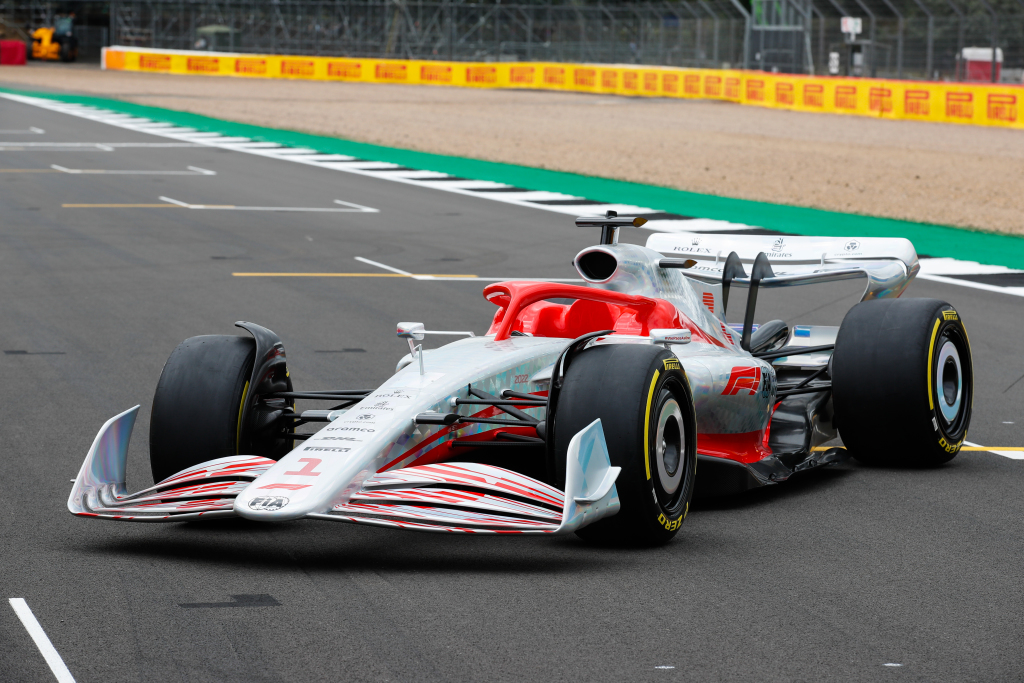Formula 1 in 2022 brings with it one of the biggest shake-ups in recent memory. New regulations will require complete redesigns for every teams’ car, all in the name of promoting better racing.
More overtaking is the key aim of the new regs, that centre around airflow. As F1 cars have developed, they have become more aerodynamically complex. Winglets, slots and flaps all over the car help it cut through the air going forwards, but it’s behind the car where the problems lie.
All the disrupted air is thrown in the leading cars’ wake, creating ‘dirty air’ for the car behind to fight through. These new regulations have been specifically designed to reduce the effects of dirty air, allowing drivers to follow each other more effectively and closely. In theory, this will lead to better overtaking.
Only time will tell whether the changes are a success on track, one thing that’s certain is that the cars will look radically different.
To get you up to speed, we’re taking you through the major changes to the 2022 cars, rules and calendar.
Changes to the 2022 cars
Aerodynamics
Starting from the front of the car, the front wings on the new machines will look very different. Gone are the endplates as we know them, and adjustable flaps connected to them. Instead, the wing will feature flaps attached directly to the nose, and coming together to swoop into the endplate.
There is also no gap between the end of the nose and the wing elements. It’s a simpler design, aimed at stopping the cars throwing dirty air out behind the car.
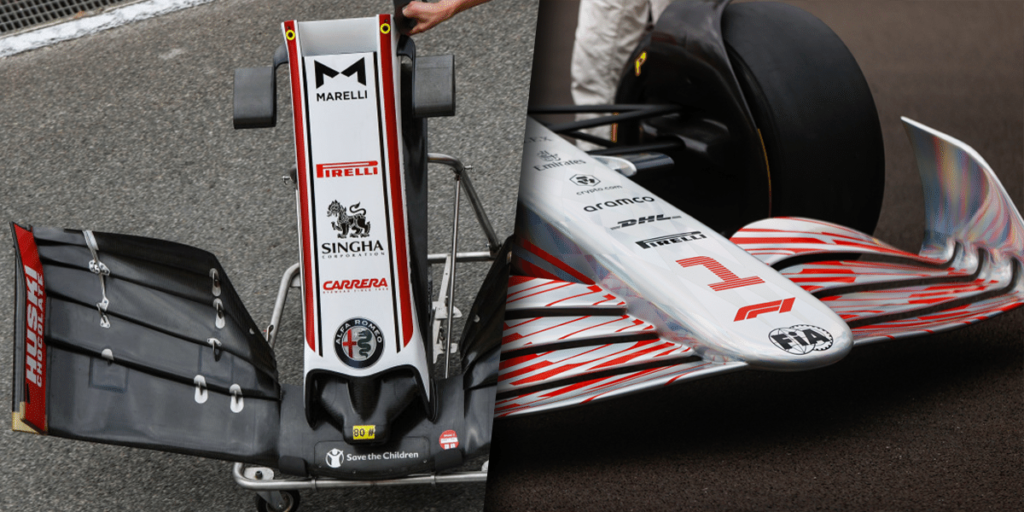
Moving backwards, new winglets appear above the tyres. These stretch down the length of the tyre towards the floor, which the teams can use to direct airflow away from the rear wing – a job previously achieved by the complicated front wings.
While the tyres themselves are brand new – and we’ll get onto that shortly – they will herald the return of the aerodynamic wheel covers. There’s been a lot of talk about the aesthetics of these, but they serve an important racingpurpose: reducing dirty air. By reducing the outwash of the tyres with the covers, dirty air will be reduced for the car behind.
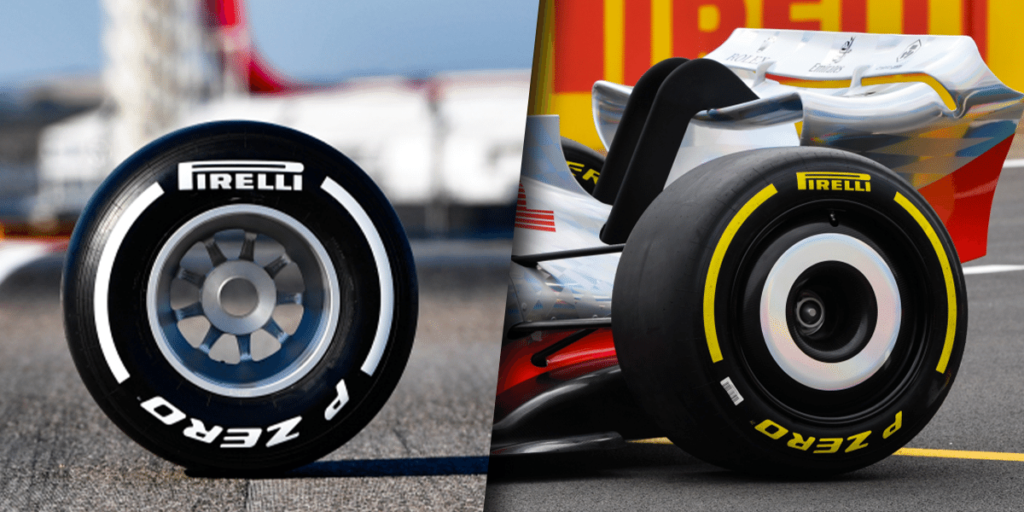
The floors of the new cars will be massively simplified. Gone are the intricate bargeboards that pushed air away to protect the floor.
Instead, the floor will be focussed on ground effect. A series of tunnels will suck air underneath the car, accelerating it through the back of the car and dispersing via the diffuser. This will produce downforce while eliminating much of the dirty air affecting the car behind.
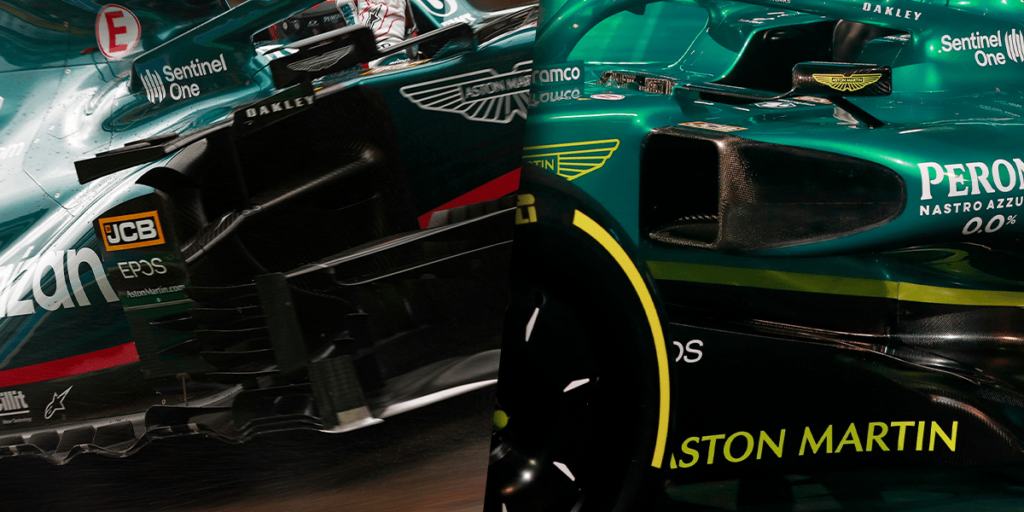
At the back of the car, the new rear wings will look very different. They are designed to throw the dirty air skywards rather than directly in their wake. The endplates will look very different, as thee DRS will remain, but if overtaking is easier with the new cars, will it be around for much longer?
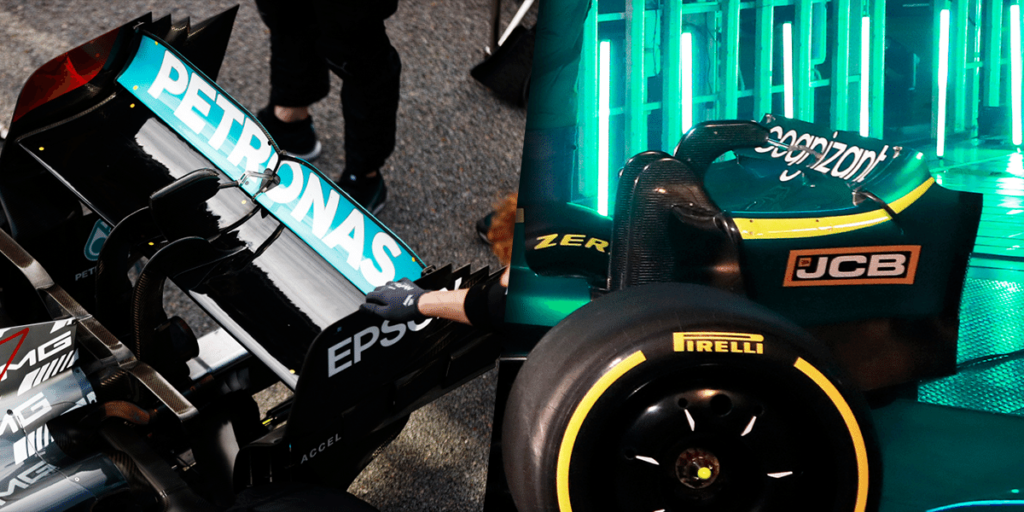
New tyres
Pirelli will be introducing a new tyre to Formula 1 in 2022. It will move from 13” wheels to a much larger 18”. There’s also a lower sidewall profile, which is likely to impact the impact on the suspension of the car.
The new tyres and wheels were expected to cost up to four seconds in lap time when the cars hit the track in 2022. However, following extensive testing with the teams, it’s expected the deficit to only be around one 0.5-1 second.
The aforementioned wheel covers will provide an additional challenge to the teams when it comes to the already tricky pit stops. The wheel gunners, who loosen and tighten the wheel nuts, will now have a tiny CD-sized target to aim for. Accuracy is everything when it comes to increasing the speed of pit stops, and these high-pressured events have stepped up a level.
Engines and fuel
The engines for the new era will remain pretty much the same: 1000hp 1.6-litre turbo hybrid engine. And from 1st March 2022, these engines will be frozen as all development is halted.
This will be the case until the new power units arrive with new engine regulations in 2026.
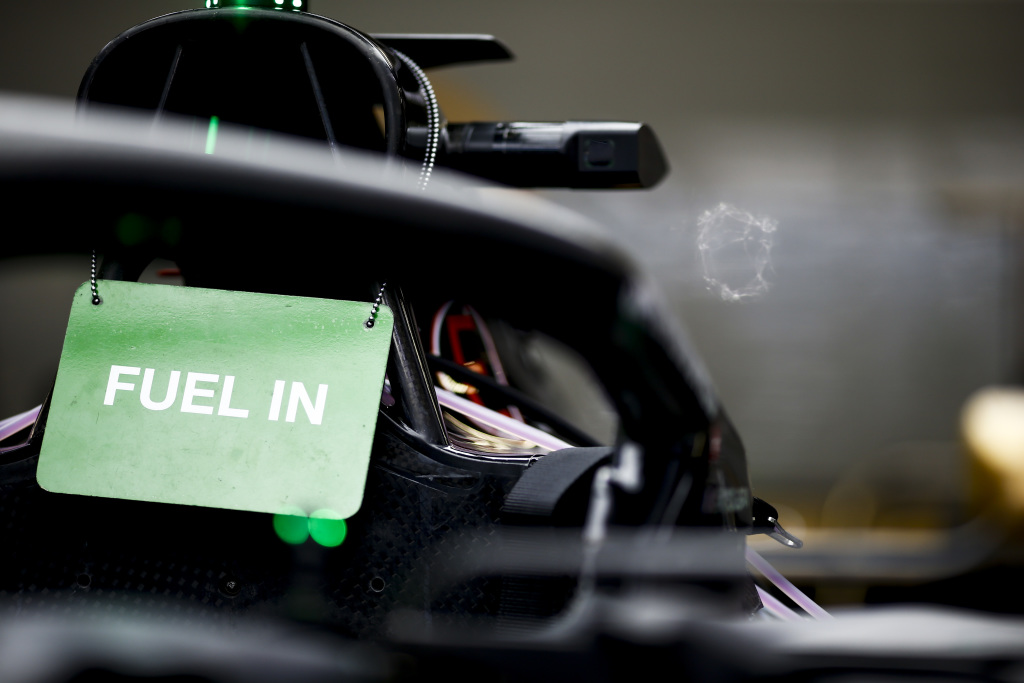
There has been scope for the teams to make changes to the power units to compensate for a big change coming this season, however. As part of its sustainability push that envisages the cars running on 100% sustainable fuel by 2025, E10 fuel is being introduced.
E10 fuel uses 10% ethanol and 90% fossil fuels to power the engine. Previously, the cars used a 5-95 mix.
The engines will be required to adapt to this change, with hardware alterations required to minimise the power loss effect.
Rule changes for the 2022 season
Budget cap
First introduced to Formula 1 in 2021, the budget cap will be tightened for the new season.
Dropping from $145m to $140m, teams will face a squeeze on resources for everything but their marketing, the salaries of the six-highest earner, power units and team travel.
This is set to reduce by a further $5m in 2023, leaving each team with a measly $135million to spend.
Some of the teams at the back of the grid are well off spending this amount of money in a season. But teams like Red Bull, Mercedes and Ferrari will see their budgets slashed significantly.
Weekend format
There’s a tweak to the race format to get used to. Media activities have been shifted from Thursday to Friday morning.
Then, rather than the first practice session running on Friday morning, both Friday sessions will take place in the afternoon.
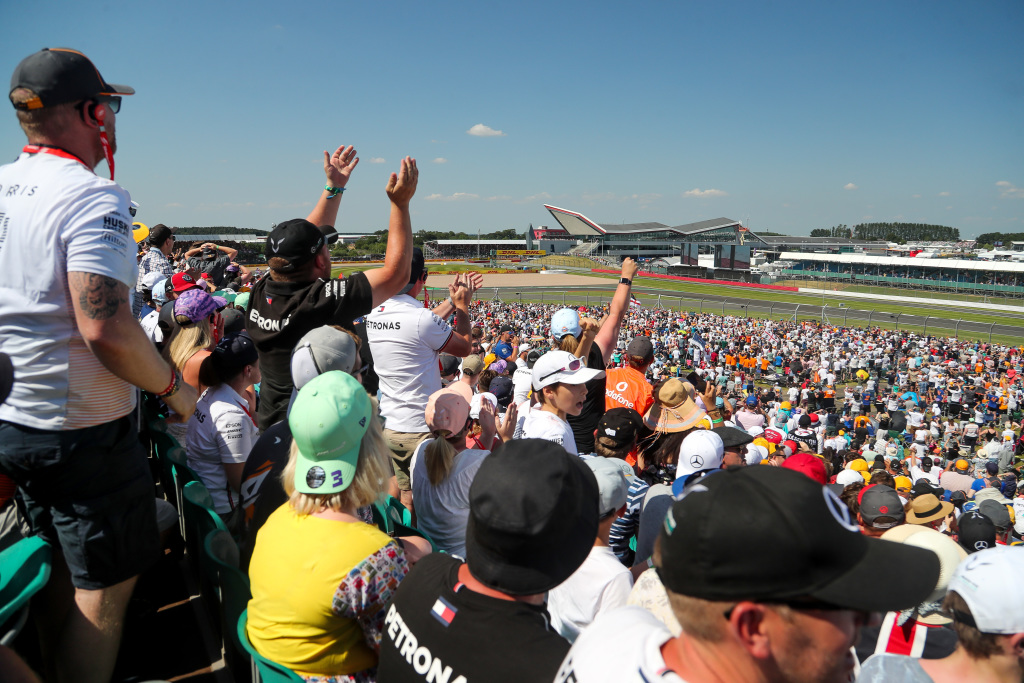
For sprint qualifying, we’d expect the same structure to take place as in 2021: Friday afternoon practice, Friday evening qualifying, Saturday morning practice and Saturday afternoon sprint race.
The new format will be most significantly felt at one race in particular: Monaco. Running usually takes place on a Thursday rather than a Friday, which was based on a religious tradition. In 2022, the race will follow suit with the rest of the calendar.
Wind tunnel usage
Usage of the wind tunnel is crucial for the development of a Formula 1 car. Simulating the effect of driving at speed with models and sensors gives engineers the ability to shape their cars aerodynamic updates.
In the past, teams were able to run their wind tunnels non-stop, accumulating limitless amounts of data. This, of course, was to the disadvantage of the less affluent teams.
From 2021, the amount of running allowed was reduced to 40 runs per week. A sliding scale was also introduced, based on a teams’ championship performance.
The team finishing 5th were allotted 100% of this time, with the teams above losing 2.5% of this time for every place above 5th they finished. Teams below 5th were handed an extra 2.5% of running time per position.
In 2022, this changes dramatically. The standard level of running will be awarded to the team in 7th place, with increments of 5% per position introduced.
This means that in 2022, Mercedes will only have 70% of air tunnel time, compared to Haas’ 115%. Given the new regulations, this could have significant implications to the cars they produce.
Sprint qualifying
There isn’t a rule change regarding sprint qualifying per se, but following the trial introduction in 2021, they are set to return in the new season.
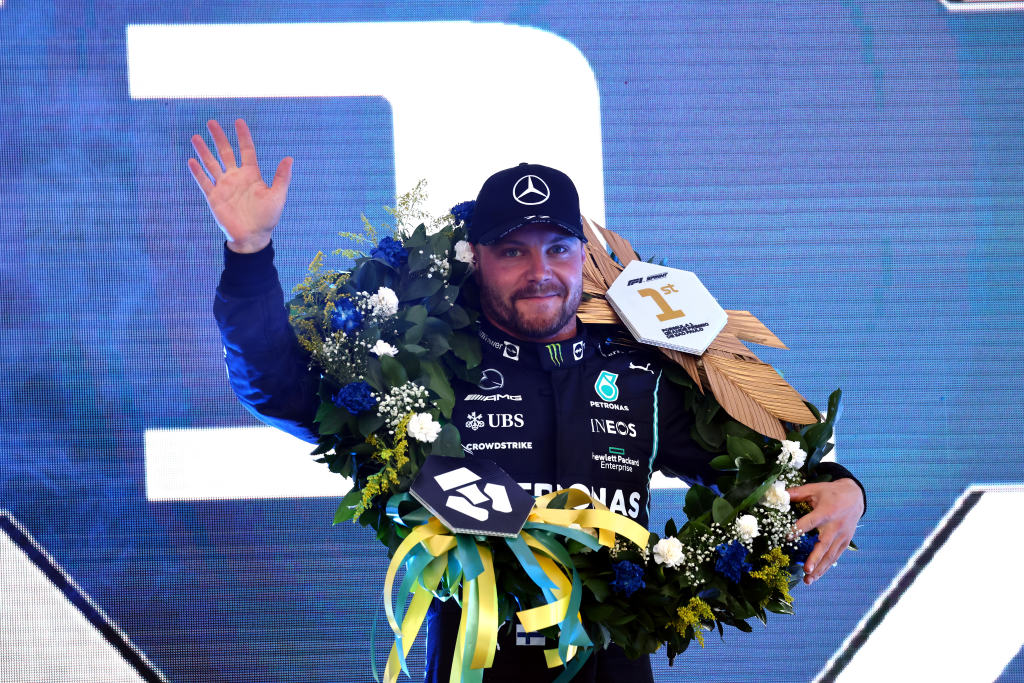
The initial plan is to run sprint qualifying at six events in 2022. Autosport reports that Formula 1 has proposed it take place at the following races:
- Bahrain Grand Prix
- Emilia Romagna Grand Prix
- Canadian Grand Prix
- Austrian Grand Prix
- Dutch Grand Prix
- Brazilian Grand Prix
The big question now revolves around the effect of the cost cap. Sprint qualifying is perceived to be more likely to incur damage to the cars, with teams arguing it’s not fair to expect these damages to be repaired within the proposed budget.
However, of the three sprint races in 2021, there were only two incidents: Sergio Perez went onto the wall after a self-incurred spin at Silverstone, and Pierre Gasly crashed after he broke his front wing at turn one in Monza.
But in traditional qualifying sessions, major crashes included Stroll, Giovinazzi, Sainz and Tsunoda at Azerbaijan, the Japanese driver also crashing at Imola, Charles Leclerc at Monaco, Schumacher in France, Norris at a wet Belgium, Stroll also crashing in Mexico… you get the idea.
One new race for Formula 1’s 2022 calendar
In 2021, we were thoroughly spoilt for choice with new circuits. Zandvoort returned to the Formula 1 calendar for the first time in three decades, while we went racing in Qatar and Saudi Arabia for the first time.
Having stepped up to support the pandemic-affected calendar in 2020, Imola also returned early in the season.
In 2022, there will be one new race, as Miami hosts the first of two races in the US. A brand-new circuit around the Miami Dolphins’ Hard Rock Stadium, the sport will capitalise on its growing popularity stateside.
And for the first time since 2019, Formula 1 returns to four circuits that will feel like new, with the planned return of the Canadian, Singapore, Japanese and Australian Grand Prix.
The race down-under will feel especially new, with major renovations made to the circuit to improve overtaking at Melbourne Park.
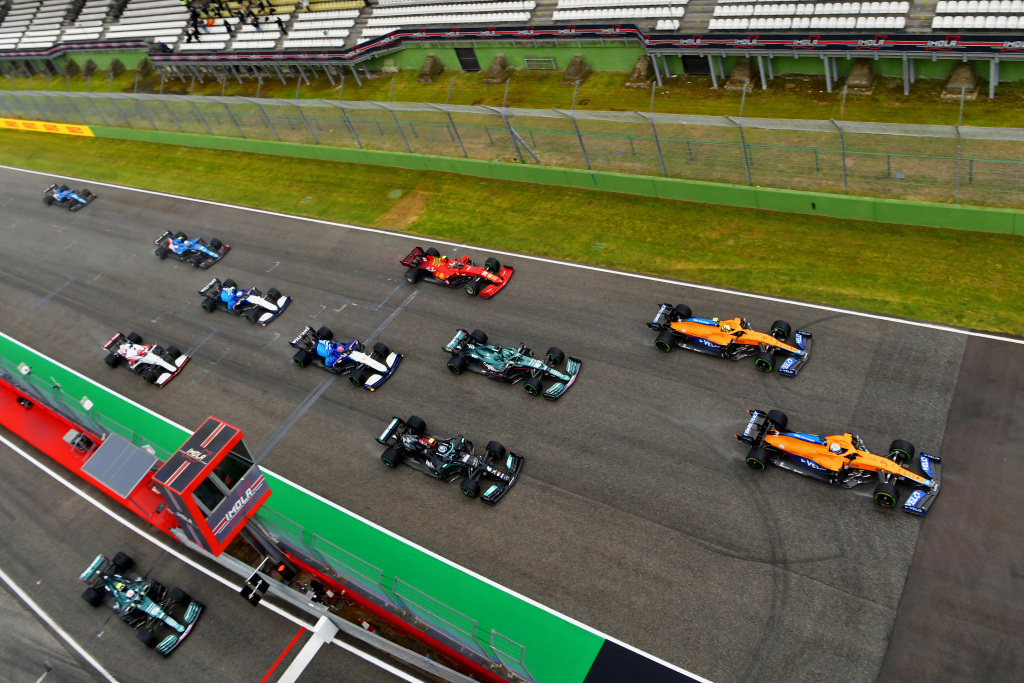
Witness the new era of Formula 1
Tickets are now available to F1 races in 2022, including Austria, Belgium, Abu Dhabi and Brazil. Check out all the available options and book tickets now
